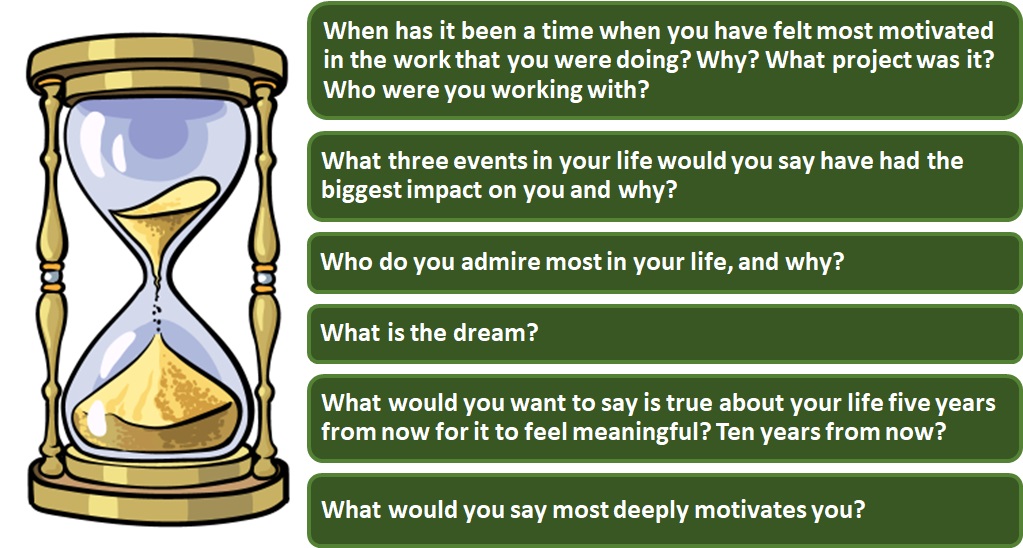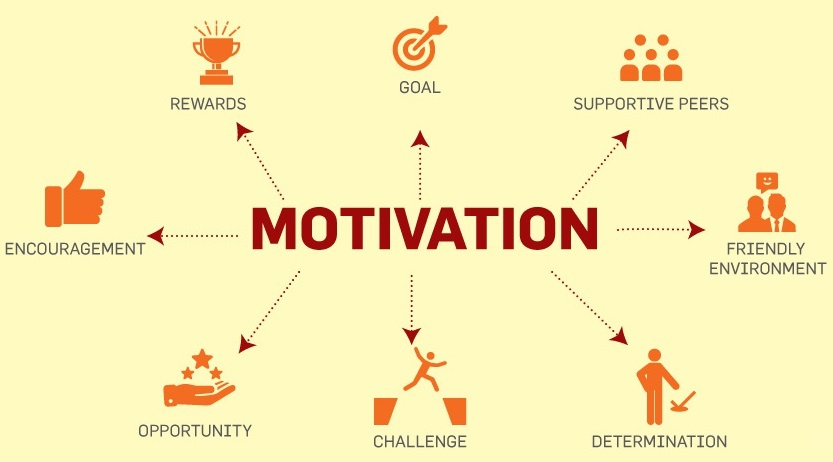
“I need to figure out how to motivate my employees.” When was the last time we thought that to ourselves? It could have been the other week when we noticed one of the direct reports dragging his/her feet on a project that’s critical to the company. Or, perhaps it was the other month when we felt frustrated that the team was not being proactive about addressing customer issues. We hear this sentiment of “how to motivate employees” frequently from managers we work with. We, as leaders, are not the only ones thinking this. Employees themselves admit that they do not feel as motivated at work as they would like.According to research, only 2 in 10 employees strongly agree that their performance is managed in a way that motivates them to do outstanding work.
However, this question of, “How to motivate my employees as a manager?” is a misguided one. It implies that motivation is something we give another person. That is patently false. Motivation is not a thing we give to people — motivation is a thing people already have.
Employees inherently have energy, ideas, gifts, and talents that are worth being shared with the world. We, as leaders, simply need to get out of their way and create a space for that energy, ideas, gifts, and talents to thrive. The question we should ask ourselves is not, “How can I motivate my team?” but rather, “How can I create an environment for my team members to motivate themselves?”
Here are some things we can do as leaders to create the conditions for employees to motivate themselves and doesn’t undermine intrinsic employee motivation that they already have.
- Immerse yourself in discovery.
We cannot enable another person’s motivation to flourish if we don’t know what motivates them, to begin with. As a result, a key part of effectively creating the conditions for strong employee motivation in our team is to figure out what motivates them?
Hopefully, we have got a sense of this when we were hiring them — as the interview process is very much about understanding what drives a person. However, if it still remains fuzzy, here are some questions we will want to ask during our next one-on-one meeting to figure out, at their core, what the team member is motivated by:

It is also a good idea to share these questions ahead of time, thus giving them time to think about the questions. We can say something like, “I’d love to discuss broader, deeper life questions during our next one-on-one,” and can also share an agenda ahead of time. We may continue to ask these questions as we work with this person over time. Discovery of motivation is not a one-time, one-off occurrence — it is an ongoing, consistent practice.
- Personalize everything where feasible.
Motivation is personal. What motivates one person might not motivate someone else. As a result, it is important to have nuance in the conditions we create for motivation to grow — we need to individualize those conditions. This means specifically aligning projects, goals, and incentives with what the other person is motivated by, and no one else.

This seems intuitive, yet we often unintentionally (or completely unknowingly) project our own preferences and proclivities onto another person. For example, because we find detail-oriented work very easy, we might assume the other person does as well, and we proceed to hand off a very data-focused, detail-oriented project to them.
Then, we notice that they are not motivated on the project and seem to be struggling, we wonder, “Hmm why aren’t they really stepping into it?” When we consider the individual nature of motivation, the answer becomes obvious: It was a mismatch of aligning the project to what motivates that person the most. However, sometimes, there are projects that must get done and goals that have to get met — and we cannot customize or individualize them.
- Create flexibility/ choice.

While we cannot always individualize and perfectly match someone’s project and goals with what they are most motivated by, we can create positive conditions for motivation by enabling choice in what people can do. In Edward Deci’s seminal book on human motivation theory, Why We Do What We Do, he describes how “meaningful choice engenders willingness” and results in a higher quality of decisions, and greater motivation and commitment to the task.
For example, while someone may not be able to choose their project, we can give them a choice in how they want to approach the project. Or in another situation, instead of assigning someone a set of goals, we can invite them to participate in the formation of those goals and enable them to choose it. Studies have shown that when people can actively choose their own goals, they are more likely to follow through on them.
- Discontinue surveillance.

What damages the conditions for motivation the most? Surveillance has been revealed in studies to negatively impact intrinsic motivation. Anytime we are peeking over someone’s shoulder, making a mental note of what time they log on or log off, or when they enter the office — it is not helping. Additionally, consider how deadlines and imposed goals undermine intrinsic motivation and negatively affect performance. Are we arbitrarily setting targets to create an artificial sense of “urgency” or “accountability”? Or are we trying to create a supportive environment that is truly helpful for a person getting to where they need to be?
- Acknowledge constraints and feelings.
Sometimes we cannot create a good environment for motivation. The company is tight on resources, or there is a toxic person who is dragging the team down, but we don’t have the authority to let that person go. When you know that prime conditions for strong motivation are not there, recognize that. Share with the team, “Here’s why I know that sucks” or “I so appreciate you bearing with this” and we demonstrate how much we understand their point of view. This sharing of the rationale behind why things are constraining or not feeling good helps to minimize the pressure that detracts from performance. Acknowledging the bad helps clear room for someone to try to do good.
- Clarify expectations.
On occasion, our team does not seem motivated because their behaviour doesn’t match up with our own conception of what “highly motivated” looks like in our heads. In short, we as leaders have not made clear what the real output of strong motivation looks like in our team. Does it mean that people are moving faster? Does it mean a higher quality of work? Once we have determined what the product of “stronger motivation” looks like, then consider: How well have we communicated this to the team? Do they know and are they aware that is the output and product they should be creating?

As a leader, when we are trying to figure out how to motivate employees, what we are truly trying to do is create a context in which they can act. We are creating an environment for the team to motivate themselves.
**Source Credits:-
The Book- Why We Do What We Do by Edward Deci
Content Curated By: Dr Shoury Kuttappa

Content Curated By: Dr Shoury Kuttappa

